A family of swallows have completed their annual migration to nest close to our boat yard. They regularly perch on top of our trip boat, Cordon Rouge, where they feed their young fledglings. The swallows return to the Cordon Rouge each year but were a little later this time around so we were beginning to worry about them! We watched the adults bringing small insects to the juveniles as they sat patiently on the Rouge’s mast lights.
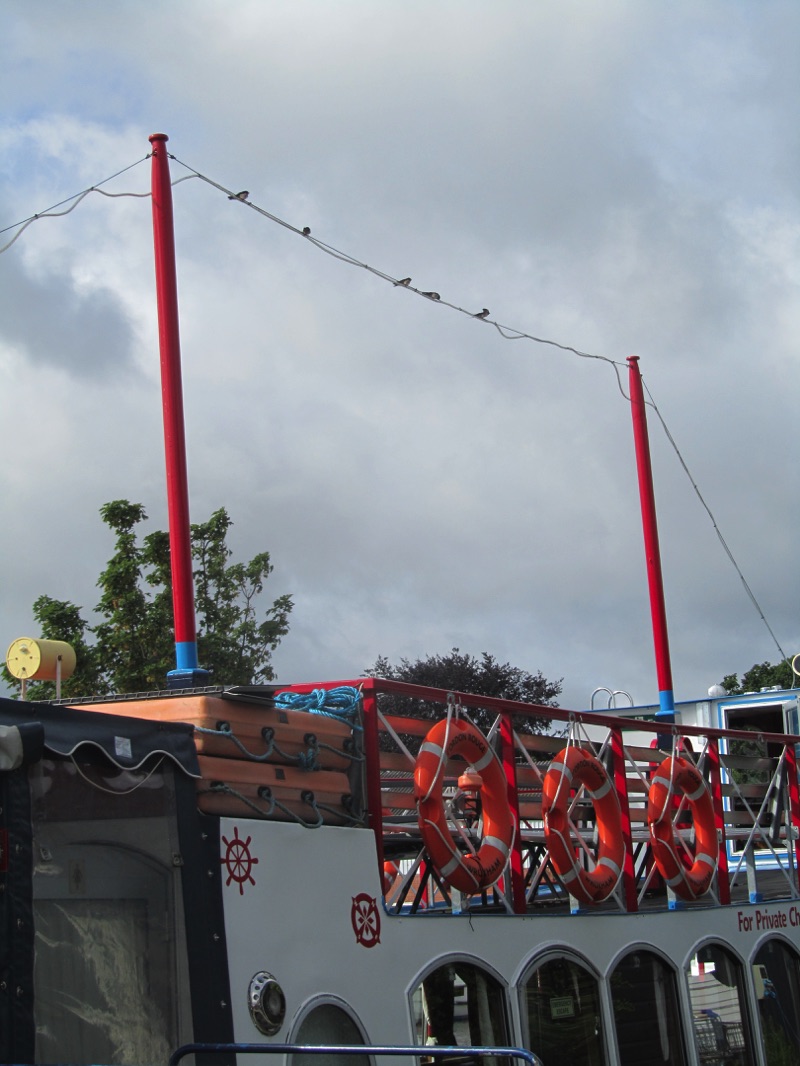
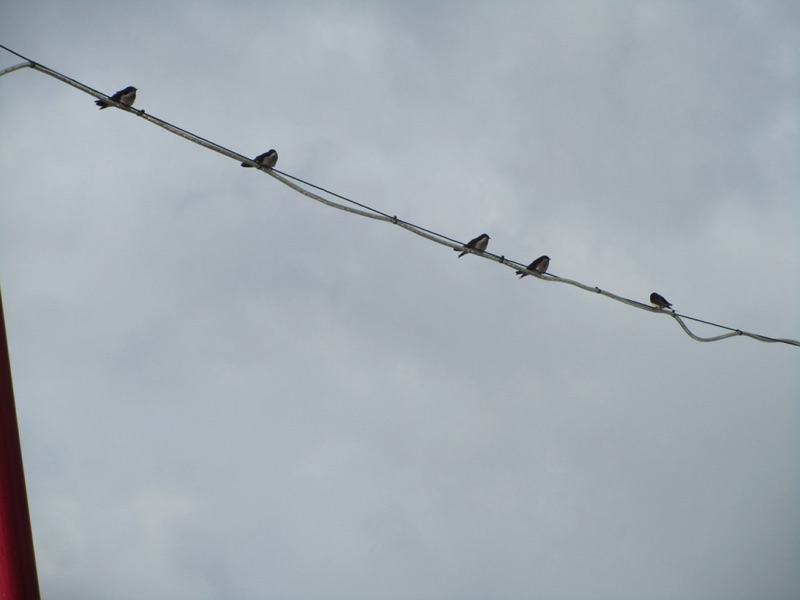
Another beautiful, fast flying bird, the Kingfisher, has been occasionally spotted by skipper Richard on the river around Salhouse Broad. This is good news as these electric blue birds seem to be showing up a little less often than in previous years.
Skipper Oli and his passengers had a fantastic sight of an otter when it swam across the entrance of Wroxham Broad as they turned into the broad. Otters were once highly endangered on the Broads but are now making a real comeback, with their territories spreading all over the Broads. We even have an otter hunting in our boat basin in the middle of Wroxham (see previous blogs for pictures and videos of this)!
One of the benefits of otters being highly territorial is that they drive out mink. These species were released from fur farms by animal rights activists and cause real environmental damage. Although there have been many attempts to reduce their numbers over the years through trapping this has only had limited success – but the otters seem to be doing a far more effective job.
Despite all this one of our skippers, Tom, saw a mink on a boat trip on Woodbastwick reach and skipper Oli also spotted them in Wroxham village.
A new swan family with just one very cute cygnet has been seen for the first time on the river around Salhouse Little Broad. It’s much smaller and fluffier than the cygnets in our other swan families, which were born earlier in the year and are all doing well, with the older ones gaining more independence and exploring further, leaving their parents behind on occasions.
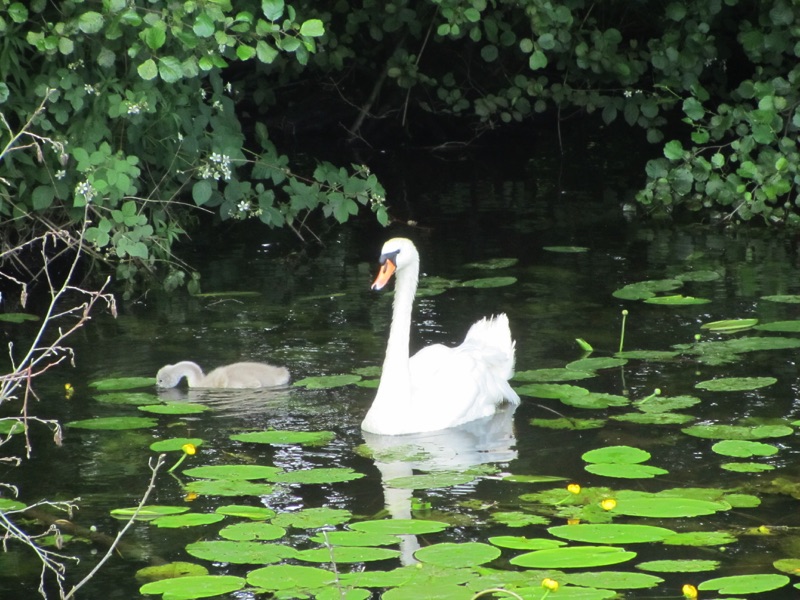
We believe that the single cygnet hatched around two weeks ago on Salhouse Little Broad (a private, secluded broad that is closed off from navigation) and is now venturing out onto the river for the first time.
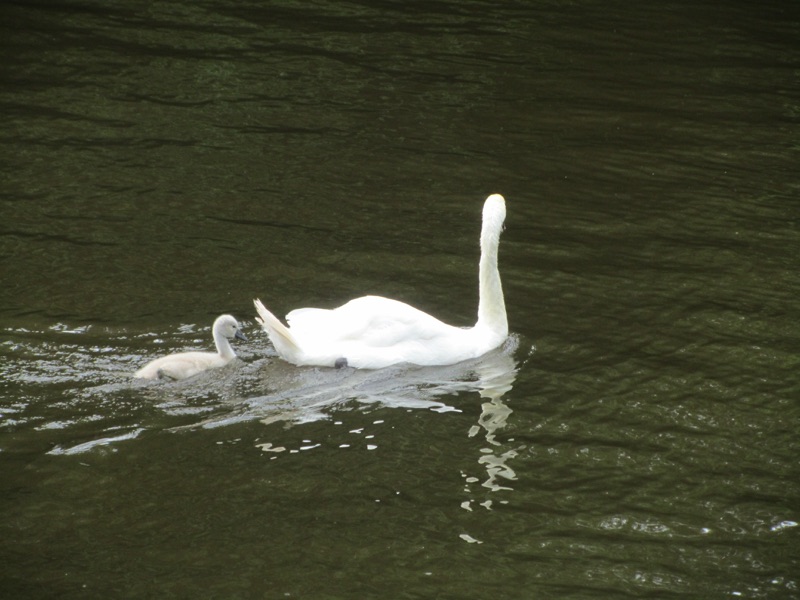
The family of Coots that we reported hatched a few weeks ago on Salhouse Broad are also starting to grow up and venture further afield, across the broad and even onto the river.
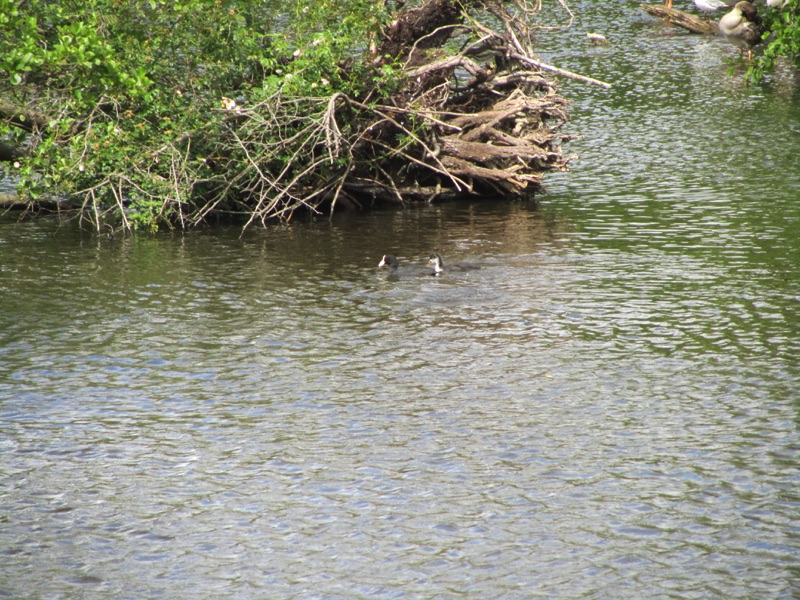
One of the pluckiest little Mallard ducklings we have seen was on Ranworth Broad (accessible by day boat).
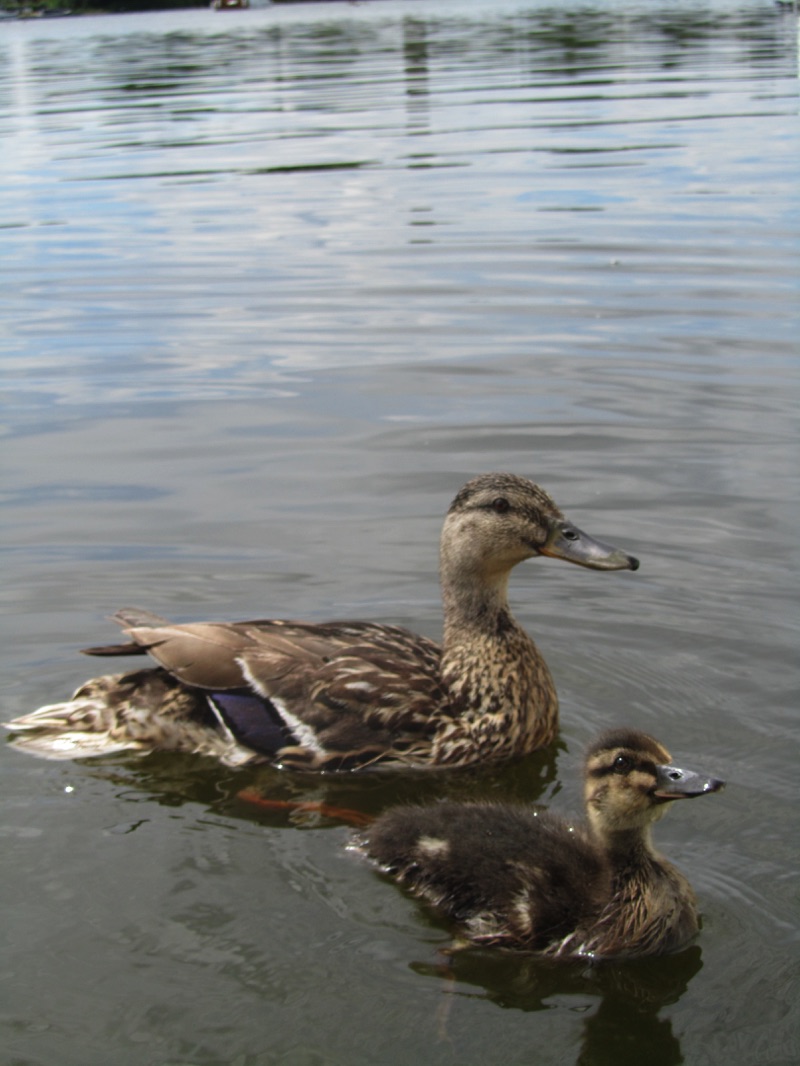
While being fed by tourists the duckling’s mother kept trying to steal the food first! Undeterred by such bad parenting the duckling kept beating the mother duck to the food. A large Drake (male duck) then moved in for the food and despite the massive size difference the brave little duckling chased off the big Drake!
We are regularly spotting a controversial bird, the Cormorant, fishing on both Wroxham and Salhouse Broad. The Cormorant is coastline bird, which is coming inland as the fish in the North Sea become depleted, and fishing is easier in the calmer inland waterways. Popular with some as a protected species, they are not as popular with fisherman as they are greedy birds and tend to eat more than their fill of fish!
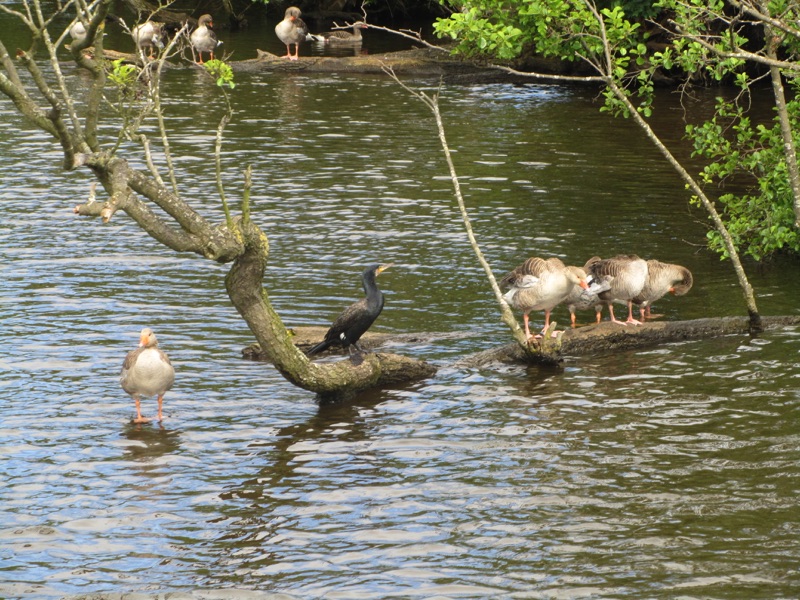
On Hoveton Great Broad – a beautiful and remote nature reserve that we pass on all of our boat trips – skipper Tobi spotted two very special insects – The Norfolk Hawker Dragonfly and Swallowtail butterfly whilst taking a school group out on a Discovery Trip.
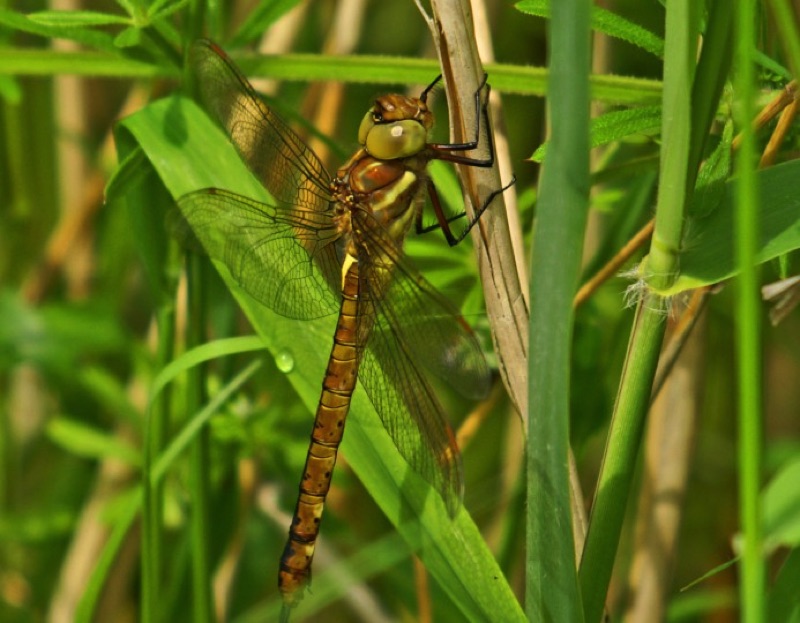
The Norfolk Hawker dragonfly is a very rare and imposing species, with clear wings, green eyes and characteristic yellow triangle shape on the dragonfly’s body. As the name suggests Norfolk is this large dragonfly’s stronghold and a species we are very proud of.
The Swallowtail butterfly is Britain’s largest butterfly – with a wingspan of up to 90mm and a distinctive forked tail like a swallow. These beautiful creatures, which have been featured in previous blogs in more detail, are only found on the Broads.
We will finish the blog with a couple of cute close up shots of a Greylag gosling and Egyptian gosling taken by Oli at Ranworth Broad, but also featuring on our 1 ½ and 2 hours river trips.
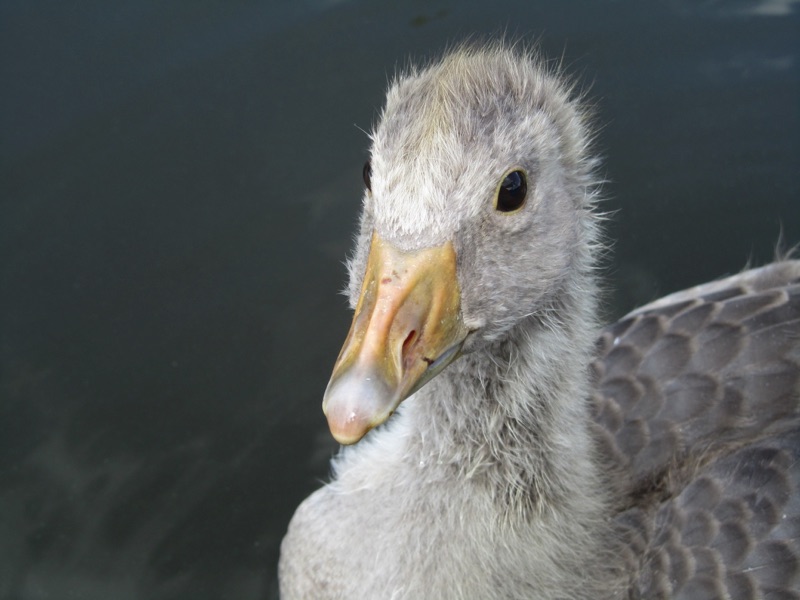
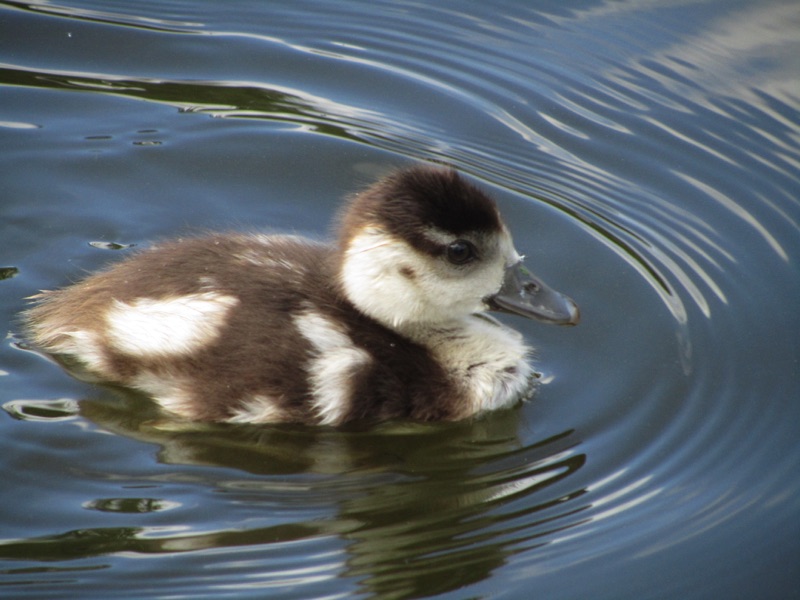
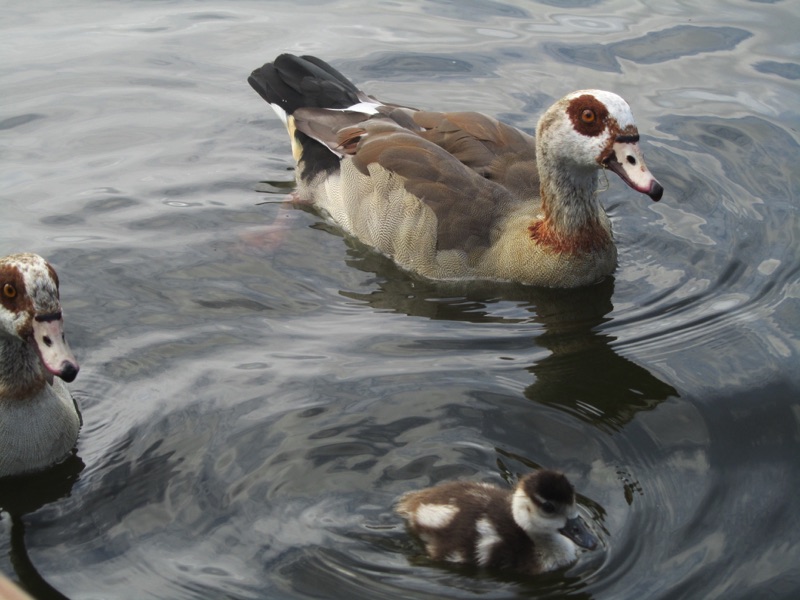
Share your photos
If you have taken any wildlife pictures on our trips we would love to share them on this blog. Simply send them to info@broads.co.uk or via Twitter @BroadsTours or Facebook by searching Broads Tours or Instagram norfolk_broads_direct
